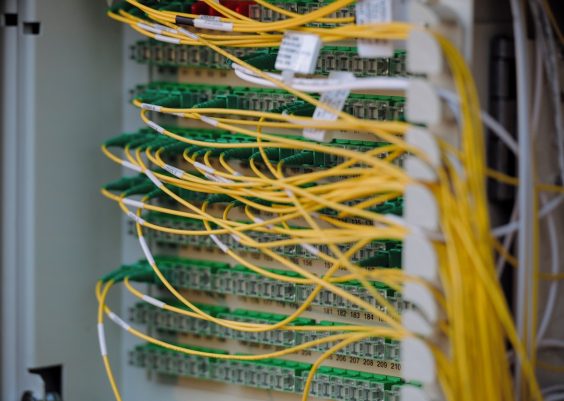In today’s competitive digital environment, marketers are constantly looking to create more personalized and engaging experiences for their target audiences. One concept that has gained traction in recent years is PFL, or Personalized Fulfillment Logistics. PFL in marketing refers to an innovative approach where marketers use personalized direct mail, often combined with digital marketing efforts, to deliver highly customized content and physical materials to prospects and customers. This hybrid marketing strategy blends the tactile power of print with the efficiency of modern digital systems.
Contents
Understanding PFL in Marketing
Personalized Fulfillment Logistics (PFL) goes beyond typical direct mail. Traditional direct mail campaigns are often mass-produced and generic. PFL campaigns, by contrast, are automated, data-driven, and personalized down to recipient-specific details. Businesses use customer data and marketing automation tools to trigger the sending of individualized printed materials at various stages of the customer journey.

This allows for highly relevant physical marketing that resonates more deeply than generic messages. A PFL campaign might send a hand-signed thank-you note and a branded gift to high-quality leads, triggered automatically by their interaction with a digital ad or email campaign.
How PFL Works
At its core, PFL involves integrating marketing automation platforms like HubSpot, Salesforce Marketing Cloud, or Marketo with advanced printing and mailing capabilities. Marketers can set up workflows so that when a lead performs a specific action—such as requesting a demo, attending a webinar, or hitting a lead score threshold—a unique, branded mail piece is automatically sent to that person.
- Data Integration: The system uses CRM and behavioral data of customers to customize each print piece.
- Automation: Based on pre-defined triggers, the platform automates the sending of kits, brochures, or personalized messages.
- Personal Touch: Includes handwriting-style fonts, personalized names, and tailored offers to create emotional engagement.
One of the key advantages of PFL is its ability to stand out. In an age where digital messages are often ignored or deleted, a well-crafted physical mailer can surprise and delight recipients, increasing recall and response rates.

Benefits of PFL Marketing
Using PFL in marketing offers a range of benefits to organizations seeking to create stronger connections across channels. Some of the most notable advantages include:
- Increased Engagement: Personalized items are more likely to capture attention and instill trust.
- Higher Conversion Rates: Combining physical mail with email or online campaigns increases the likelihood of customer action.
- Brand Differentiation: Customized physical pieces make the brand more memorable and respected.
- Measurable Results: With the integration of tracking tools and digital platforms, organizations can monitor campaign performance and ROI effectively.
Moreover, PFL helps in retention as well. A thank-you package sent after a purchase or a renewal kit sent automatically can reinforce loyalty and reduce churn by making customers feel valued and recognized.
Industries Leveraging PFL
PFL is widely adopted across different industries including:
- Financial Services: For sending compliance documents and onboarding kits personalized for each client.
- Healthcare: Providing welcome packets, appointment reminders, or follow-up care materials in a customized format.
- Technology: SaaS companies use PFL to boost demo rates and improve client nurturing with personalized swag kits.
- Education: Recruitment campaigns are enriched with custom brochures and promotional boxes sent to prospective students.
Conclusion
PFL bridges the gap between digital and physical marketing tactics, giving brands a unique way to reach their audiences with high relevance and impact. It brings the personalization of digital into the tangible world of print, creating a holistic customer experience that enhances engagement, nurtures leads, and increases conversion rates. As marketing continues to evolve, integrating PFL into multichannel strategies will become increasingly important for businesses striving to stand out.
FAQs About PFL in Marketing
- What does PFL stand for in marketing?
PFL stands for Personalized Fulfillment Logistics, a strategy combining print and digital marketing through automated, personalized mail fulfillment. - How is PFL different from traditional direct mail?
Unlike static direct mail, PFL uses customer data and marketing automation to send highly personalized packages or materials timed to specific marketing triggers. - Can PFL be integrated with my CRM?
Yes, PFL solutions can integrate with popular CRM and marketing platforms like Salesforce, HubSpot, and Marketo to enable seamless personalization and automation. - What types of campaigns benefit from PFL?
Campaigns for lead generation, customer retention, event marketing, and sales enablement are particularly effective when enhanced with PFL tactics. - Is PFL expensive?
Costs can vary based on volume and customization. However, the ROI is often higher due to increased engagement and conversion rates.




